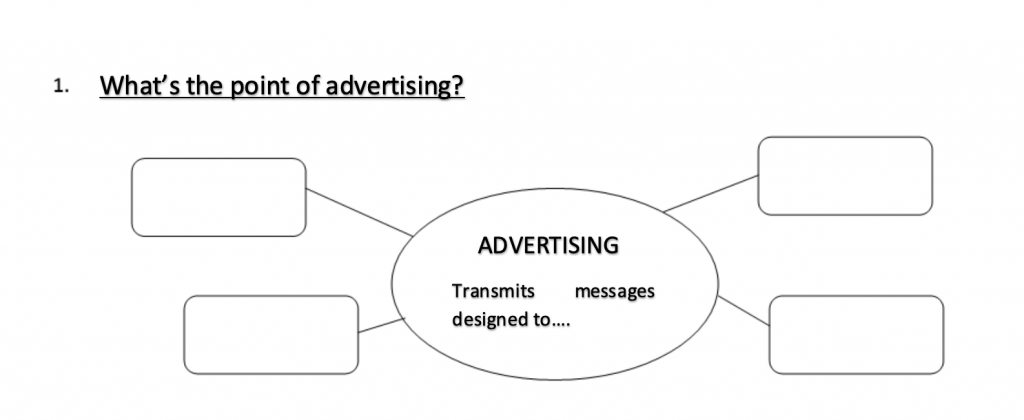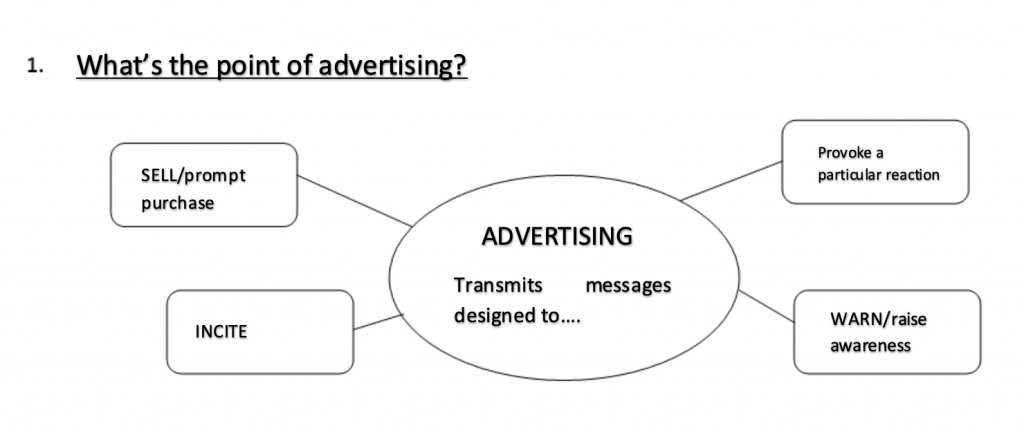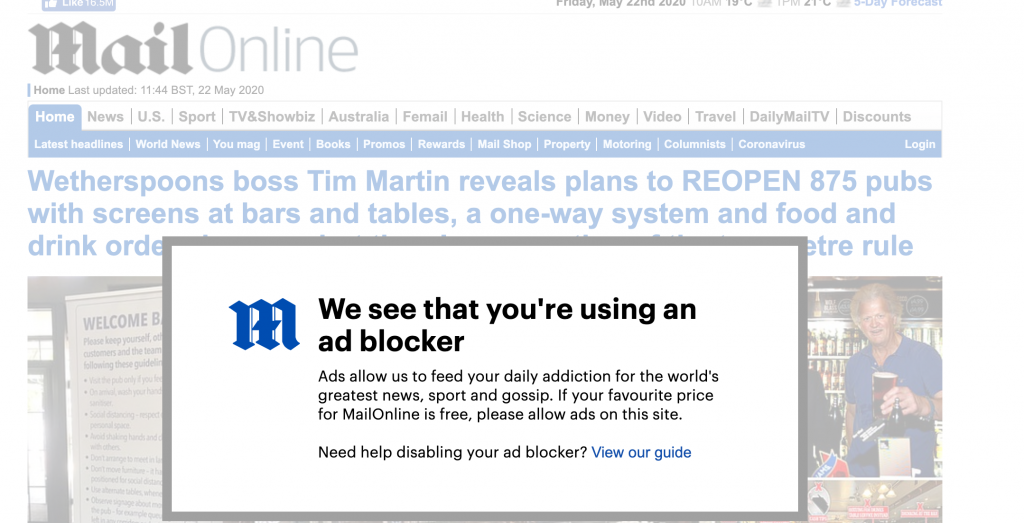This workshop reflects on the role and place of advertising in our daily lives. The aim is to discuss advertising with the participants and to understand the difference between mass advertising and targeted advertising according to their objectives (sell, incite, get people to react, prevent).
General Objective
Preparation time for facilitator
Competence area
Time needed to complete activity (for learner)
Name of author
Resource originally created in
Introduction
This workshop aims to introduce participants to online advertising and help them understand how it works (cookies, personal data), and how to anticipate and prevent it where desired.
Facilitation tips: For more on personal data, see ‘Personal Data: Keeping Track‘.
Advertising objectives
Firstly, discuss with participants on the reasons for advertising.
For this, give out copies of the ‘What is advertising for?’ sheet below. One per person or per group if the workshop is sorted into groups (if there are larger number of participants for example). Then display the four examples of advertising below using a projector and ask participants to pick one verb to characterise the aim of each ad.

Pepsi Ad (2017)
Objective: sell/prompt purchase
2008 Barack Obama electoral campaign ad
Objective : Incite
Food crisis appeal ad

Objective: provoke a particular reaction
Road safety ad

Objective: Warn/raise awareness
Answers

Some context
Participants should now search for the first appearance of advertising (in any form). The goal is to help them understand that ads have been around for a long time and in various forms. We will now discuss how advertising has evolved since the emergence of the internet. You may use this website or any other useful one to get some information about the historical timeline for advertising.
You can make it game-based by having the groups be teams: the first team to get all the right answers wins.
Targeted and Mass Advertising
Start a debate with the group using guided questions:
‘If I’m watching the same American TV channel as you at the same time in different parts of the US, will the advertising be the same?’
The same questions can be asked for radio and written press. Participants will realise that they will generally be exposed to the same advertising. This is called ‘mass advertising’.
Now we can ask if online advertising is mass advertising. The questions can be asked as before but concerning internet:
‘If we’re on a website, on the same page and place (in the same room), will we see the same advertising?’
Answer: not always. Some sites advertise by associating ads with the content of an article, for example, and will therefore appear the same regardless of the user in question. However on many sites and search engines, ads are targeted according to our online behaviour.
Ask the group to test this by going to news sites like the Guardian, Yahoo, BuzzFeed and Sky Sports.
If participants don’t see any ads, explain that on news sites, ads are harder and harder to discern. They appear less frequently on the side columns or at the header and more often in the form of ‘sponsored content’, as such:


Blocking targeted ads
To explain how targeted advertising works, show this video.
This video explains how cookies work.
This video being quite ‘pro-‘cookies, give some ways cookies can be blocked. Before this, ask if the group members have any idea how they might block cookies.
Answers
- use special tools to block certain cookies and ads that come with them
- use private browsing (‘incognito’ on Chrome)
- delete browser history
- block cookies directly using the browser
Ask the group if they know about any tools to block cookies and ads.
The most well-known is Adblock. This is a shame since Eqeo, the parent company of Adblock, has made agreements with various ad agencies. Adblock actually allows certain ads if their agencies pay to be added to the white list. Adblock is therefore not a true ad blocker.
Browser extensions that are really effective against targeting ads are Disconnect and Privacy Badger. These are available for Firefox and Chrome.
Install Privacy Badger and demonstrate how it works. Once it’s installed, project your display and go to the website of the UK tabloid newspaper the Daily Mail.
This site along with many others live off ad revenue. When they see a visitor using an ad block tool, they display a message and prevent them from going any further. You will be greeted with the following message:

If you uninstall or turn off privacy badger, the ‘ad blocker’ screen will disappear and you will be able to navigate the site again.
Conclusion
The previous screen will provide a jumping off point to discuss the role of advertising in the online economy: if we block ads, we suppress revenue sources for websites. Ask if participants are aware of other ways to make money online. They will be aware of streaming services like Netflix, Spotify, etc. These sites use another model – subscription – to generate income.
We almost always need to pay for quality content. Either users pay with their data, with targeted ads, or they pay in the literal sense of the term with their money. This is why we are seeing more and more paid websites appearing. Many news sites offer paid alternatives to advertising, i.e. if a user subscribes, they will be able to browse the website ad-free.
To go further with this subject, see ‘Identifying Online Advertising‘.
The content of this activity was partially inspired by this article from the French blog ‘Doc à bord’ by Marie Guillet. It was published under the license CC BY.
